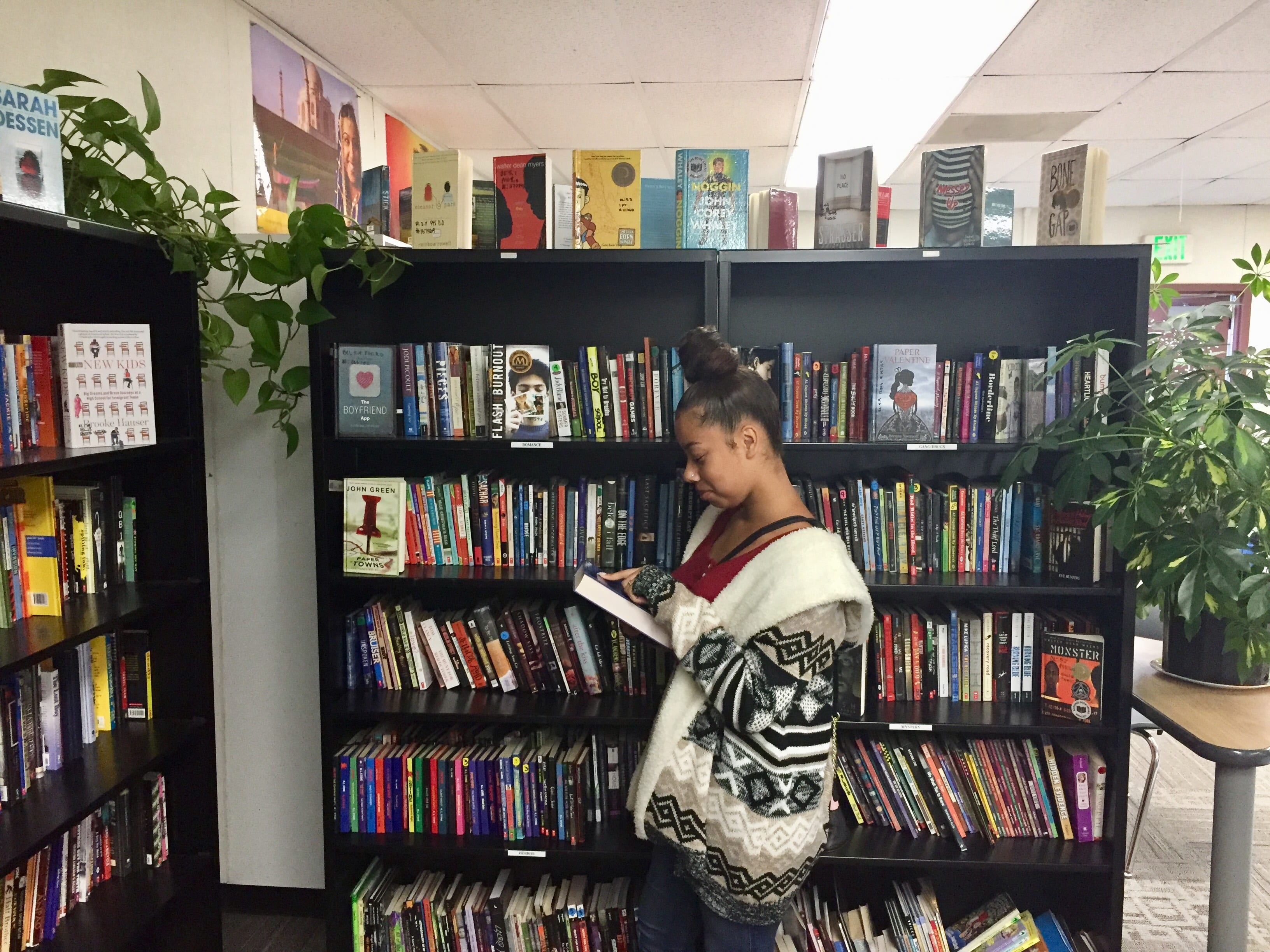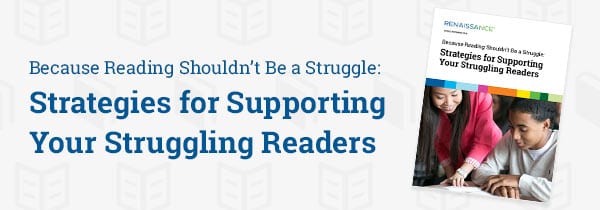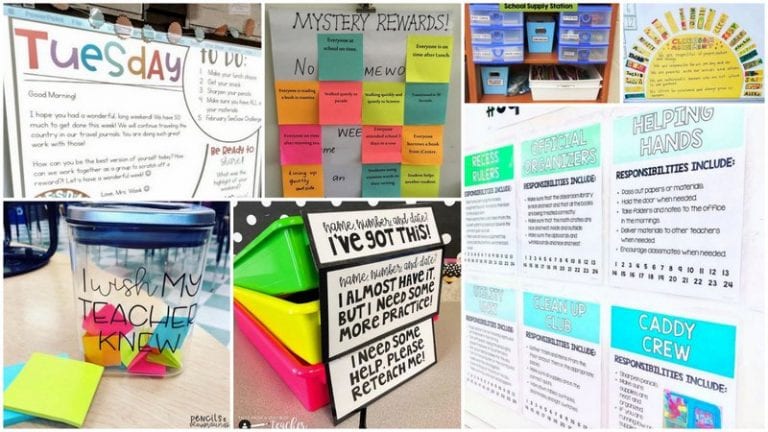As an English language development teacher at an alternative high school, I’ve spent years learning which strategies do—and don’t—help readers succeed. Many of my students arrive at high school reading at the elementary level. Often, they face academic risk factors, such as poverty or teen pregnancy. Several are trying to balance their schoolwork with their work schedules.
Over the years, I’ve found that these nine strategies have been instrumental in helping all students, no matter their personal or academic challenges, become confident, capable readers—and in the process, learn to love reading.
1. Ask students to help build your classroom library.
There is no library at our school. I’ve built a classroom library over the years, but I noticed recently that there weren’t enough enticing books in it.
So I got my students to help me. I told them to list books they really loved. I followed their lead on what I should buy. Soon we had a great classroom library with books I know are going to get kids hooked on reading.
2. Embrace the flexibility of the digital library.
Access to a digital library has been a game changer in so many ways.
First, it gives my students access to so many books. We use the myON by Renaissance digital library, which includes nearly 8,000 titles. It lets my students search for topics they’re interested in and suggests books that are at their Lexile level. My students have Lexile scores ranging from the 500s to the 1300s. That’s a huge range, and myON gives every student access to material that is appropriate for them.
The whole library is portable because students can access it from any device, which means they never have to be without a book—even if they’re not in school, even if they can’t visit the school or public library, even if they don’t have many reading materials at home.
Digital books also offer privacy, which my high school kids often appreciate. My high school kids who are learning to speak and read English don’t want to be seen carrying around Clifford or Little Critter.

3. Become an expert on books that resonate with your students.
I read young adult (YA) books all summer and during breaks to make sure I’m good at matching kids to books.
I also spend time searching for books on their interests. In addition to our digital library, where the book covers never rip and the pages never fall out, I love Perma-Bound because their books last forever. You can search their catalog for whatever you want.
Many of my kids are gamers, and if I’m going to compete with something as engaging as a video game, I have to find a book they absolutely love. I call it the “gateway” book.
My students are also often dealing with issues that no child should ever have to deal with, so being able to search for books that tackle homelessness, gang violence, incarceration, teen pregnancy, or other issues is a great way to provide material that will resonate with them.
4. Make reading social.
My students love reading together, so I let them read the same books together online, like a book club. This works great because our library doesn’t make students check digital books in and out. This means that every student can read the same book at the same time.
Also, it may surprise some people, but kids as old as 17, 18, or even 19 love to have someone read to them, so I still read aloud to my students. I don’t think that’s something a lot of high school teachers are doing. In both cases, we get together afterward and discuss the book.
5. Make sure students know what’s at stake.
It’s so important that students truly understand the impact that literacy has on their lives, not just in school, but also when it comes to working, postsecondary studies, managing personal finances, participating in our democracy, and so much more.
That’s why the first thing I do when we enroll new students is to give them a Lexile test in myON, the digital reading platform we provide for all our students. I like it because it gives me a chart that shows the reading levels by grade.
When I show the chart to a student, it’s often the first time they learn just how far behind they are. These kids might be 17 and reading at a second-grade level. I tell them, “This is where you are, and this is where you need to be. Life’s not going to be easy if we don’t get you there.”
It’s tough to hear, but I don’t stop there. I also tell them about the importance of reading. According to the Literacy Project Foundation, 85 percent of all juvenile offenders have problems reading, and three out of five people in American prisons can’t read.
The kids say, “That’s messed up.”
But it’s true. If you want to get better, you must practice every day. And the first step to getting students unstuck is telling them the hard truth so they understand what’s at stake.

6. Use data to get the attention of students, parents, and other teachers.
I love getting the Star Screening Report from Star Assessments. I always print it out in color for my students. The color-coding means they can easily read the report and see exactly where they are. The report comes with a parent letter in English and Spanish with suggestions that families can use to support their students.
It also has a breakdown of who needs urgent intervention. When our intervention specialist walks into a classroom, she knows right away who needs additional reading support.
That kind of information has been really helpful in reminding our staff about scaffolding, too. If they’re asking a kid to read something for a government class, it might be above the student’s reading level. But with the appropriate data, we can talk with them about what supports there are to help readers access the content.
7. Set goals and offer rewards.
I set quarterly reading goals using Accelerated Reader. Each student gets their own personal goals, rather than setting a flat goal for all students. This is critical because it means every student has a goal that’s realistic and achievable for them. This way, a low-level reader is as able to reach their goal as a high-level reader.
My students make a card with their first name, and I move the cards across the bulletin board as they progress. All the students who get to 100 percent get to come to a pizza party and earn a certificate. I make it a big deal, and they love it! There are some kids who really want that Costco pizza. I’ll be driving home two days before the end of the quarter and see them walking down the street reading a book.
8. Create a classroom environment that encourages reading.
When my students walk in my door, they know they’re going to sit and read for 30 minutes before we do anything else. That’s why I try to make my classroom an inviting place to read. I have flexible seating, plants, and books displayed everywhere. Poetry magnets are all over the back of my door. I play calm music while we read, and I have a popcorn machine for snacking.
I set a timer for 30 minutes on my phone. When it goes off, some students are done, but others want just a few more minutes to finish their chapter or spend a little more time in the book. And I say, “Of course. Make my day.”

9. Let students fill community service requirements with literacy work.
In our district, for a student to get their diploma, they have to do 60 hours of community service. Twenty of these hours can be related to literacy. My principal came up with the idea of allowing students to read to younger siblings or neighbors.
When my students go home and read to others, I can see that activity through myON. When they hit 20 hours, they’ve completed that part of their community service requirement. Plus they’ve also helped to set up a younger child for success.
In our county, 25 percent of the adult population isn’t literate, so it’s an incredibly meaningful experience for these kids to help someone close to them change their life.
More strategies to help readers
Ready for more proven strategies to help readers accelerate their literacy growth and achieve grade-level goals?
Get your free guide, Because Reading Shouldn’t Be a Struggle: Strategies for Supporting Your Struggling Readers.
Inside you’ll find research-driven insights around reading time, text complexity, zone of proximal development, vocabulary growth, and other essentials that help readers get on track for success.
Click the orange button below to get your copy!


